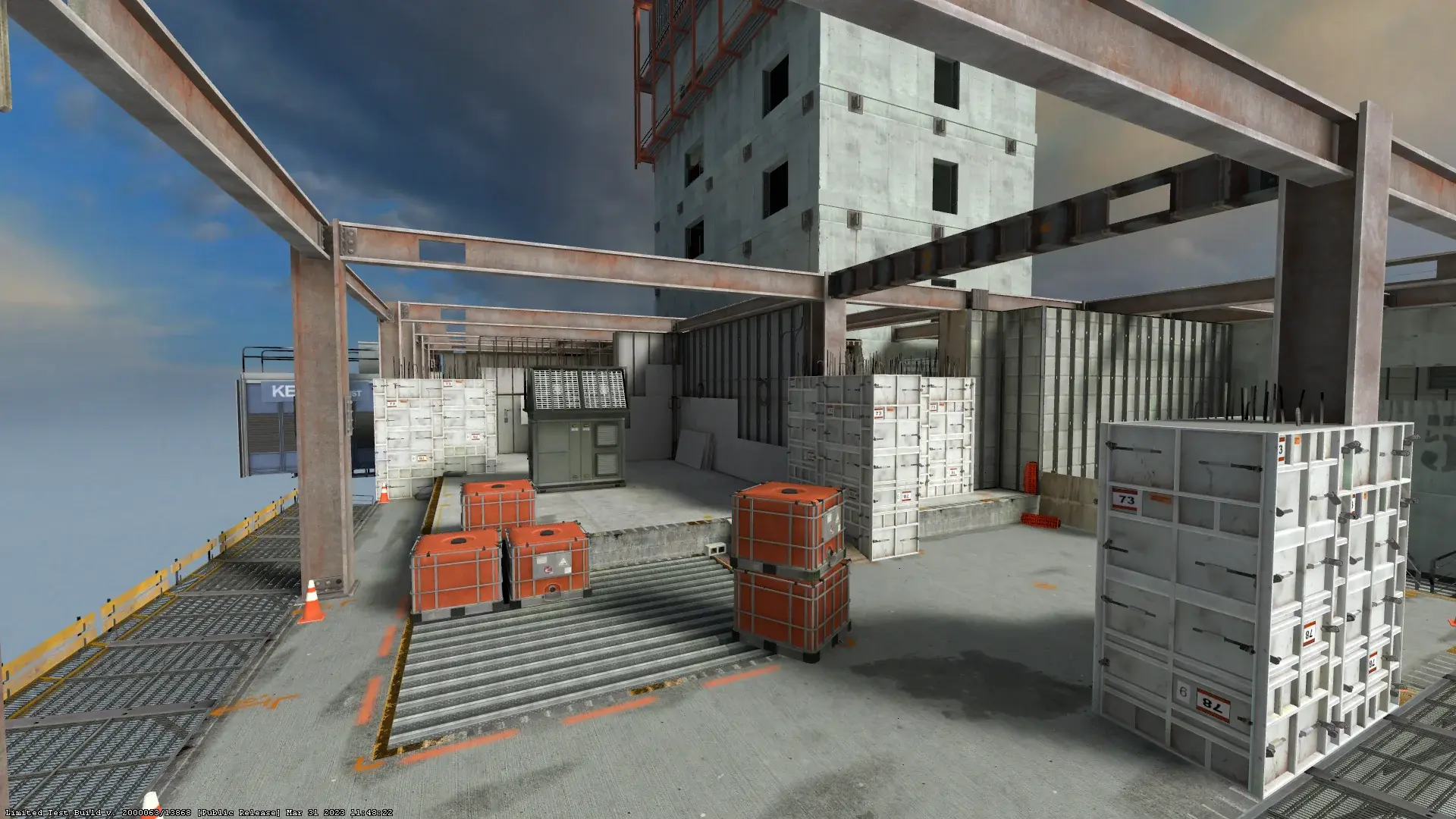Burtowy Insights
Your source for the latest news and insights.
Conquering Vertigo in CS2: Tips and Tricks to Stay Grounded
Unlock your gaming potential! Master vertigo in CS2 with our essential tips and tricks to stay grounded and dominate the competition.
Understanding the Causes of Vertigo in CS2: What Every Gamer Should Know
Understanding the causes of vertigo in CS2 is essential for gamers who want to enhance their gaming experience and avoid discomfort. Vertigo can be triggered by several factors ranging from visual stimuli to motion sickness. For instance, rapid in-game movements or dramatic shifts in perspective during gameplay can disorient players, leading to feelings of dizziness or imbalance. It’s crucial for gamers to recognize their own susceptibility and adjust their play style or settings accordingly to mitigate these symptoms.
Additionally, it’s important to consider the technical aspects that contribute to vertigo in CS2. Settings such as field of view (FOV) and frame rates can play a significant role in how visual information is processed by the brain. A higher FOV can provide a more immersive experience, but it may also increase the likelihood of vertigo for some players. As such, fine-tuning your settings to find that sweet spot can make all the difference in maintaining comfort while enjoying the game. Remember, understanding the causes of vertigo is not just about avoiding discomfort—it's about enhancing your overall gaming performance.

Counter-Strike is a popular tactical first-person shooter that has captivated gamers since its initial release. Players can choose between two teams: terrorists and counter-terrorists, each with specific objectives. For those looking to enhance their gameplay, exploring professional player configurations, such as elige settings, can provide valuable insights into optimizing performance.
Top 5 Strategies to Overcome Vertigo Incidents in CS2 Gameplay
In the fast-paced world of CS2 gameplay, experiencing vertigo incidents can significantly hinder your performance. To combat this, one effective strategy is to utilize the in-game settings to adjust your field of view (FOV). A wider FOV can provide a better sense of spatial awareness, thereby reducing disorientation. Furthermore, honing your map knowledge can help you build a mental framework, allowing you to predict movement and avoid unexpected vertigo-triggering scenarios.
Another approach is to improve your crosshair placement, ensuring it is always aimed at head level to reduce the chances of panic during sudden engagements. Practicing your aim in a range of custom maps can also alleviate symptoms of vertigo over time by increasing your confidence. Lastly, taking regular breaks during long gaming sessions can help clear your mind, gathering your focus and preventing the buildup of fatigue and vertigo incidents.
How to Adjust Your Settings to Minimize Vertigo Effects in CS2
Counter-Strike 2 has introduced many players to a new gaming experience, but for some, the game can trigger feelings of vertigo. To minimize these effects, adjusting your game settings is essential. First, start by modifying the Field of View (FOV). A wider FOV can make the game feel more immersive, but for players sensitive to vertigo, narrowing it can reduce spatial disorientation. Navigate to the settings menu, and under the 'Video' tab, adjust the FOV slider to a lower value, which may help in lessening the dizzying effects of the fast-paced gameplay.
Next, consider changing the graphics settings to improve your overall experience. Lowering the graphics quality can enhance frame rates, which might help reduce motion sickness by providing a smoother visual experience. Additionally, disabling motion blur and adjusting the camera shake settings can further minimize vertigo effects. You can find these options in the 'Advanced Video' settings. Experiment with these adjustments, and take breaks to see how these changes affect your comfort while playing CS2.